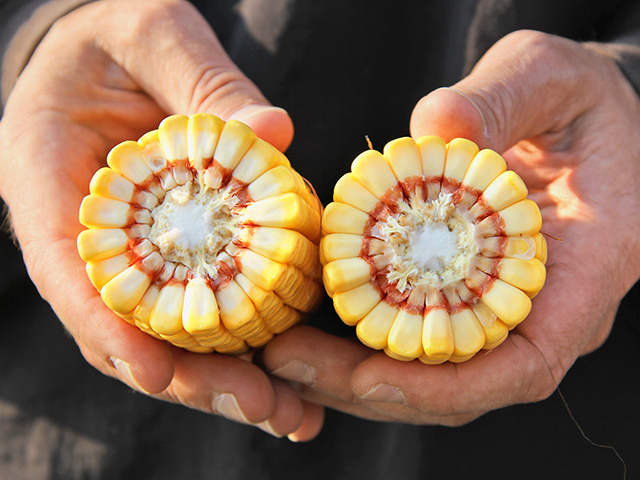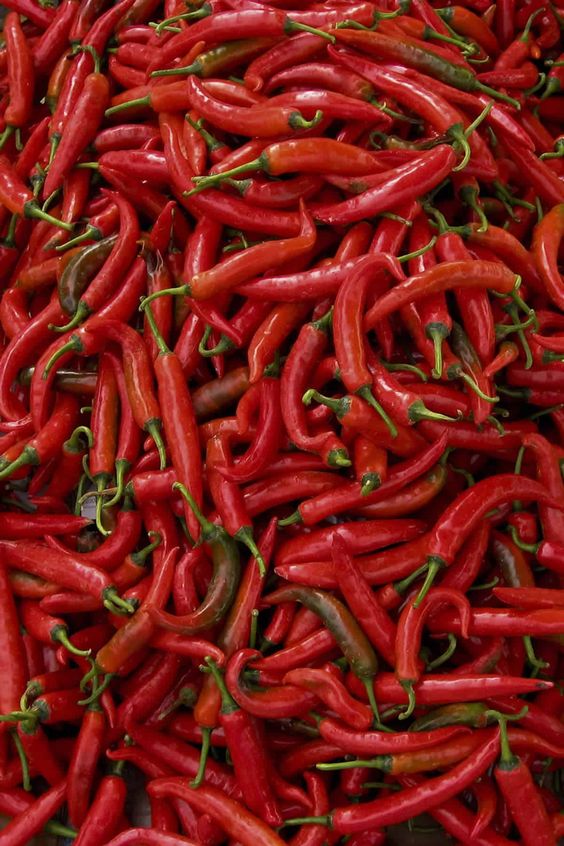The Great Kernel Count: Unveiling the Mysteries of Corn Cob Abundance
Contents
Unveiling the Kernel Count Conundrum
The number of kernels on an ear of corn can vary significantly, ranging from around 500 to a staggering 1,200. This variation stems from several factors:
- Genetics: Different corn varieties boast inherent differences in kernel number. Heirloom varieties, for instance, might have fewer kernels compared to their commercially produced counterparts bred for high yield.
- Growing Conditions: Corn thrives under specific environmental conditions. Adequate sunlight, water availability, and nutrient-rich soil all contribute to optimal cob development, leading to a higher kernel count. Conversely, stress factors like drought or inadequate fertilization can hinder growth and limit the number of kernels produced.
- Ear Size: Larger ears naturally have more space to accommodate kernels, resulting in a higher count. However, size isn’t the sole determinant. Densely packed kernels on a smaller cob can outnumber loosely spaced ones on a larger cob.
Cracking the Code: Techniques for Estimating Kernel Count
While precisely counting each kernel might seem like a daunting task, there are a few methods to estimate the number with reasonable accuracy:
- Row Counting: Corn cobs typically have an even number of rows, usually 14-18. By carefully counting the rows and multiplying by the average number of kernels per row (estimated at 40-50), you can arrive at a ballpark figure.
- Cob Circumference: This method involves measuring the cob’s circumference at its widest point and using a pre-established formula that factors in average kernel size and density. Agricultural research institutions may have developed such formulas specific to their corn varieties.
- Kernel Weight: By removing kernels from a representative sample of the cob and weighing them, you can estimate the total kernel weight. Dividing this weight by the average weight of a single kernel (obtained by weighing a separate sample of kernels) provides an approximate total kernel count.
It’s important to remember that these are estimation techniques, and the actual number might differ slightly. However, they offer valuable insights for researchers, farmers, and even home cooks who want a better understanding of their corn.
A Quest for Abundance: Agricultural Practices for High Kernel Yield
Modern agriculture employs various practices to maximize kernel count on each cob. Here are some key strategies:
- Hybrid Breeding: Corn breeders meticulously select parent plants with desirable traits – including high kernel number – and combine them to create hybrid varieties known for their increased yield potential.
- Planting Density: Optimizing the distance between corn plants allows for better access to sunlight, water, and nutrients, promoting healthy cob development and ultimately, more kernels.
- Nutrient Management: Providing essential nutrients like nitrogen, phosphorus, and potassium at the right stages of growth ensures optimal cob and kernel formation.
- Pest and Disease Control: Protecting corn from pests and diseases that can damage developing kernels is crucial for maximizing yield.
These practices, when employed effectively, contribute significantly to the abundance of kernels we see in commercially produced corn.
Beyond the Count: The Allure of Corn
The number of kernels on a cob is undoubtedly intriguing, but it’s just one facet of this versatile crop. Corn holds immense cultural and economic significance throughout the world. Here are some reasons why corn continues to be a vital part of our lives:
- Culinary Delights: From fresh cobs on the grill to popcorn at the movies, corn features in countless culinary creations, offering a range of flavors and textures. Cornstarch, a derivative, thickens sauces, adds body to baked goods, and is a key ingredient in various processed foods.
- Biofuel Potential: Corn ethanol, produced from fermented corn starches, offers a renewable fuel option for vehicles, helping to reduce reliance on fossil fuels.
- Industrial Applications: Corn finds uses in various industrial applications, from biodegradable packing materials to bioplastics, offering sustainable alternatives to traditional materials.
Understanding the factors affecting kernel count fosters a deeper appreciation for the complexities of agriculture and the meticulous work that goes into producing the corn we enjoy.
The Final Cob: A Celebration of Corn’s Bounty
While the exact number of kernels on an ear of corn might remain a variable, its significance is undeniable. Corn is a nourishing food source, a versatile industrial material, and a symbol of agricultural ingenuity. Next time you hold a cob of corn, take a moment to appreciate the hidden count within, a testament to nature’s bounty and the human hand that cultivates




